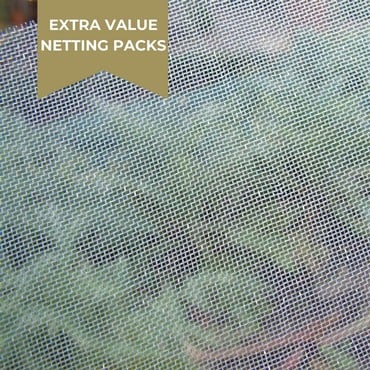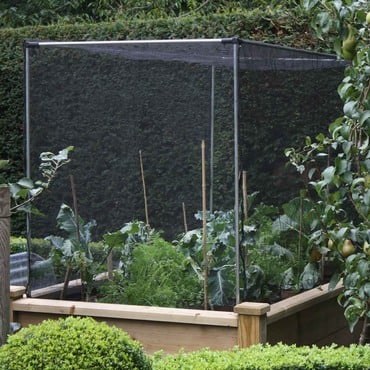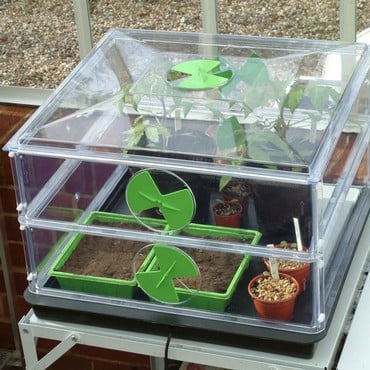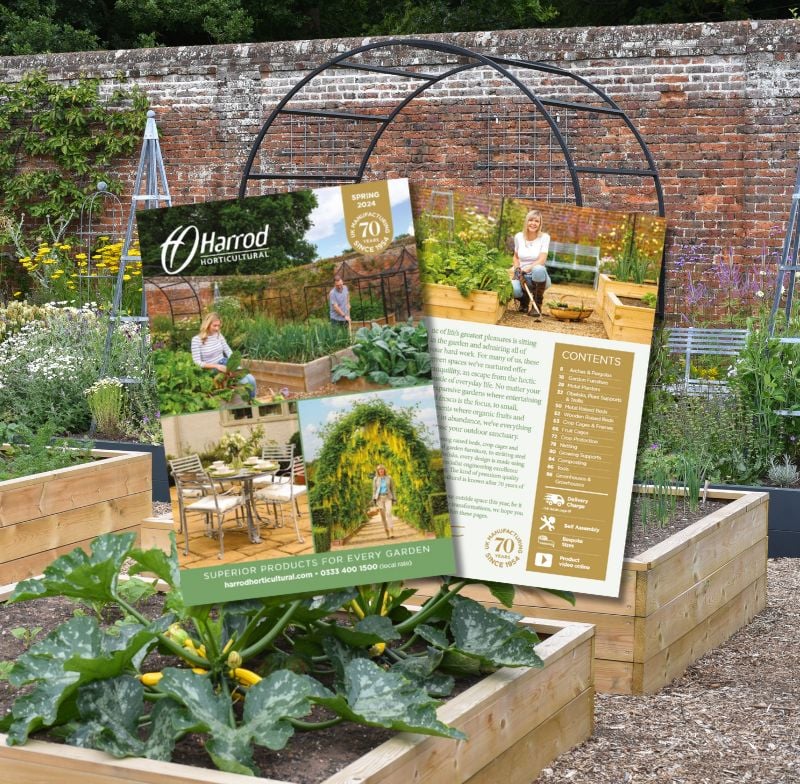Brussel Sprouts
EASE OF GROWING: (Scale 1-5): 2
Brussel Sprouts are relatively easy to grow. They need very little attention, but you do need to keep an eye out for pests.
HOW TIME CONSUMING:
Not very time consuming at all. They require some soil preparation prior to planting, but otherwise just watering, weeding and feeding.
RECOMMENDED VARIETIES:
Revenge AGM
Maximus AGM
Igor F1
HOME GROWN VS SUPERMARKET:
Brussel sprouts harvested fresh from the garden after they have been frosted taste so much better than those from the supermarket. Maybe if we all had our first taste of Brussels that were home grown, they would have less of a love/hate reputation!
BEST SITES AND SOILS:
Brussel Sprouts prefer a sunny site with some shelter from high winds. The soil needs to be prepared well in advance (ideally in Autumn) to allow it to settle prior to planting. Sprouts require a very firm soil. Dig in a generous amount of well rotted manure of garden compost in Autumn. Firm the soil before planting by treading on it.
WHEN TO SOW:
Sow early varieties in modules in a heated propagator in late February. Later cropping varieties can be sown in a seed bed from late March. Seedlings can be transplanted in May to their final growing positions.
DISTANCE BETWEEN PLANTS:
Allow 2ft between plants and rows.
WHEN TO HARVEST:
Harvesting can begin as early as September for some varieties. Later types are ready from November, but as they taste better after being frosted we pick our first sprout of the season at Christmas in the Harrod Kitchen Garden. Sprouts do not keep well after they have been picked so it is best to pick them as you need them. If you happen to have a glut, they can be frozen.
FURTHER INFORMATION:
As your Brussel Sprouts plants get taller, put a stake next to each plant and tie them to it. They can easily be toppled in the wind.
Water regularly in dry spells and give the plants a good feed in August with blood, fish and bone.
Hoe regularly to keep the crop weed free.
PROBLEMS TO LOOK OUT FOR:
Pigeons and caterpillars like to attack the plants, so cover them with netting to stop them getting access.
Whitefly is a real problem with Sprouts in the Harrod Kitchen Garden. We now cover ours with fine insect mesh which prevents these pests from taking hold.
We have had clubroot in the distant past in the Kitchen Garden and consequently now plant all our brassicas with cabbage collars around the base to prevent this disease from returning.


























